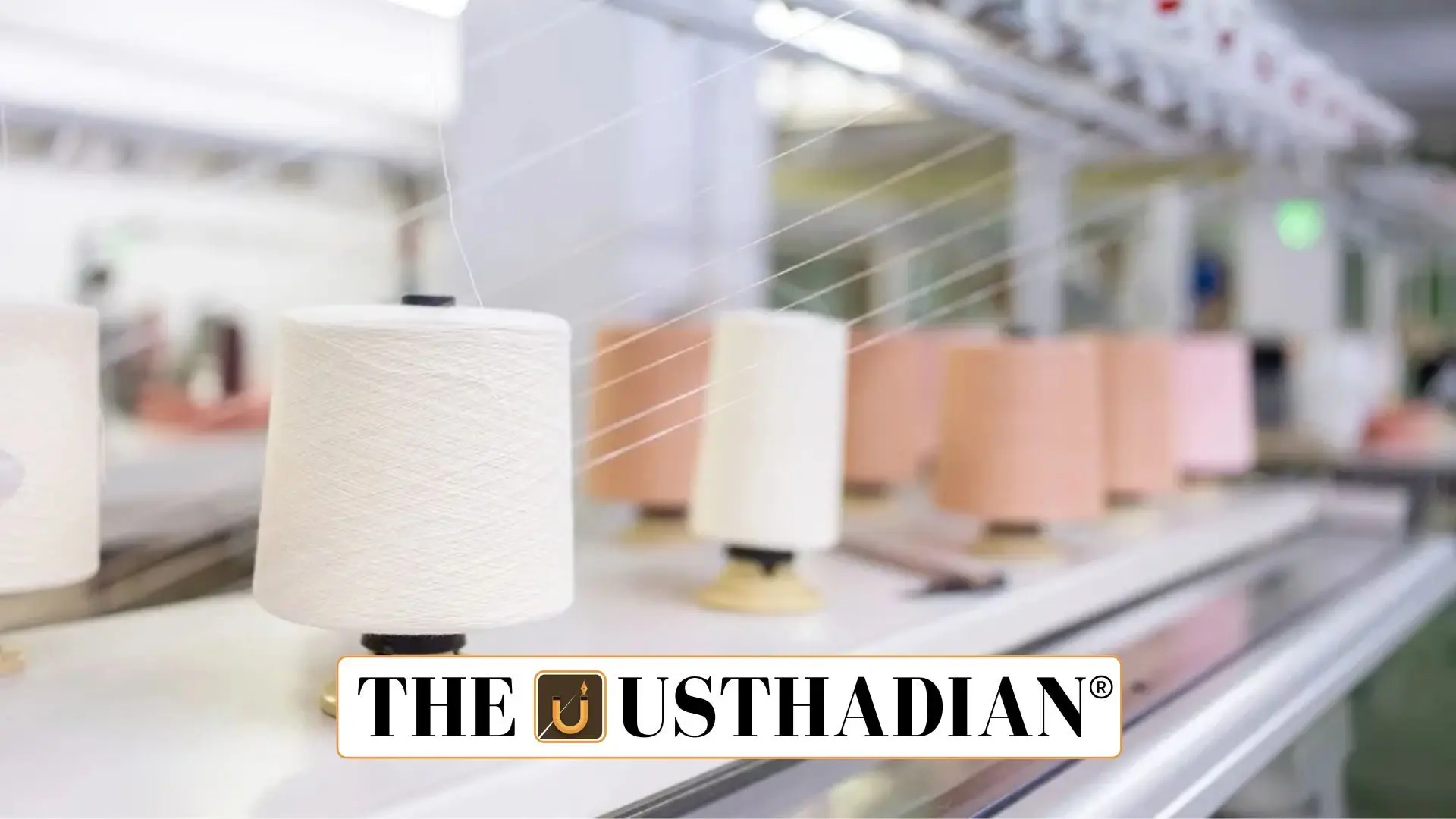India’s growing textile push
India’s First Task Force Meeting to Boost Textile Exports: India’s textile sector has always played a key role in exports, employment, and rural income. On June 10, 2025, the government took a new step by holding the first Task Force meeting on Textile Exports at Vanijya Bhawan, Delhi. It was led by Commerce Secretary Sunil Barthwal and brought together stakeholders from across the textile industry.
This gathering wasn’t just a routine meeting. It was a planned move to build a strong and shared platform for India’s textile growth. With export numbers being affected by global demand shifts and stricter ESG (Environmental, Social, Governance) rules, this task force is meant to give shape to new ideas and practical solutions.
Focus on sustainable and smart practices
One major point of the meeting was sustainability. The Indian textile sector is being pushed to follow green practices, such as shifting to renewable energy and upgrading its ESG compliance. These changes are not just for meeting global standards like the EU Deforestation Regulation (EUDR), but also to help Indian products stay competitive in global markets.
For instance, many international buyers are now choosing products that are certified as “green” or ethically made. So, the push towards eco-friendly production is no longer optional—it’s necessary.
Regulation reforms and digital opportunities
Regulatory simplification was another major talking point. Many exporters find it difficult to follow multiple export regulations. By cutting down on red tape, the government hopes to make exporting smoother, especially for MSMEs.
At the same time, the task force wants to tap into e-commerce platforms to boost visibility and branding. Promoting Indian textile brands globally can bring more value than just exporting raw material or unfinished goods.
Support for innovation and small players
To boost innovation, the task force proposed support for new Jute Diversified Products (JDPs) and more R&D in natural fibre productivity, especially in states like West Bengal and Assam, which lead in jute production.
There was also discussion around issues with schemes like RoDTEP (Remission of Duties and Taxes on Exported Products) and RoSCTL (Rebate of State and Central Taxes and Levies). These are essential for refunding taxes to exporters and must be improved for smoother implementation.
Strategic decisions and next steps
As a result of this meeting, sub-task forces will be created to work on specific problems. These will be led by different ministries and will include input from Export Promotion Councils (EPCs) and industry leaders. This team-based model ensures every voice is heard and problems are solved quickly.
Static GK Tip: The Ministry of Textiles was established in 1985, and India is the second-largest producer of textiles and garments globally, after China.
Static Usthadian Current Affairs Table
| Topic | Details |
| First Task Force Meeting | Held on June 10, 2025 at Vanijya Bhawan, Delhi |
| Chaired by | Commerce Secretary Sunil Barthwal |
| Aim | Boost textile exports and address key industry challenges |
| Key Focus Areas | ESG, E-commerce, regulatory simplification, MSME support |
| Key Schemes Discussed | RoDTEP, RoSCTL, PM MITRA Parks |
| Innovation Areas | New Jute Products, GI-tagged product codes, natural fibre productivity |
| Global Standards | Compliance with EU Deforestation Regulation (EUDR) |
| Next Step | Formation of sub-task forces with ministries and EPCs |
| Static GK Fact | India is 2nd largest global textile producer after China |
| Ministry of Textiles | Formed in 1985 |








